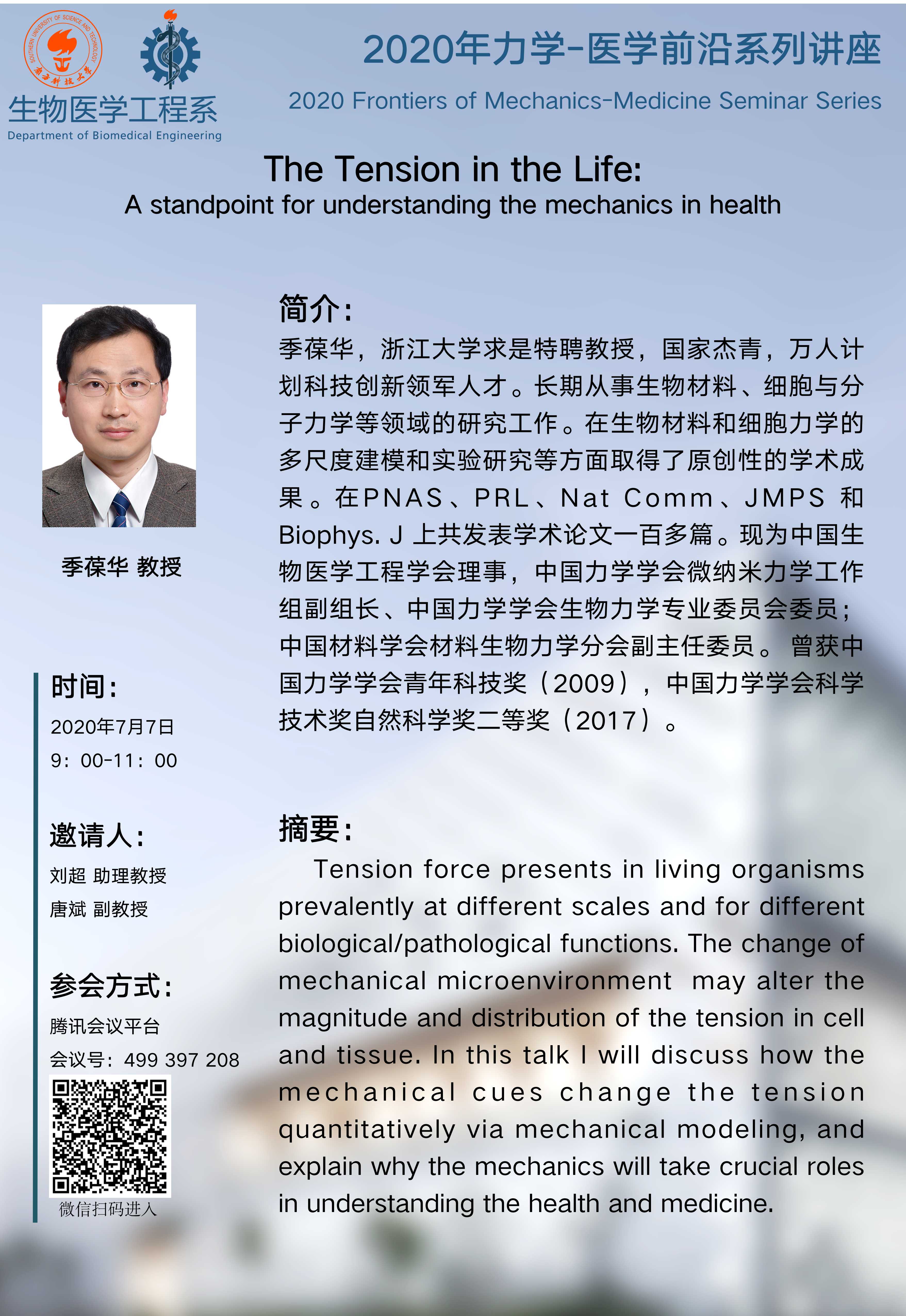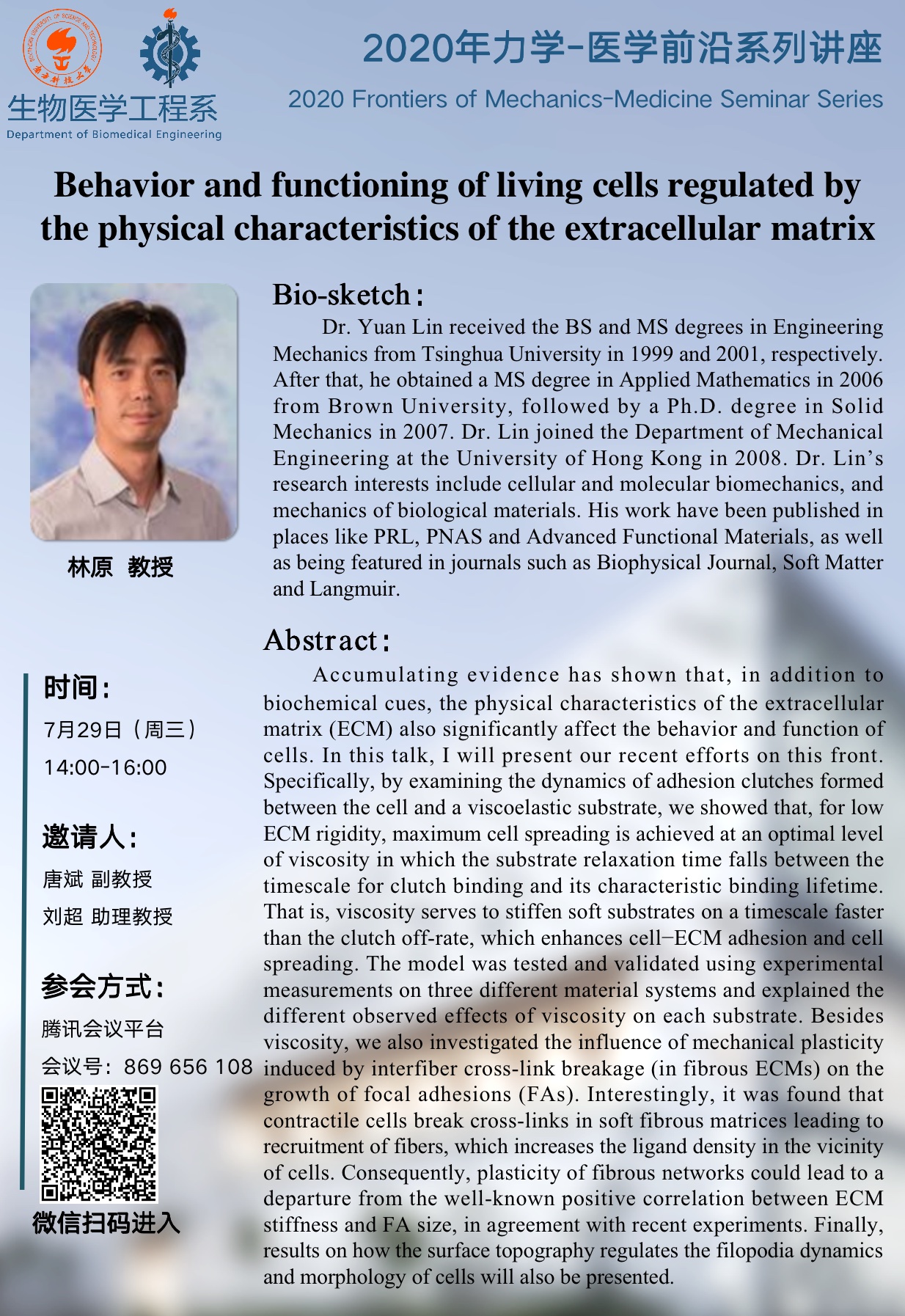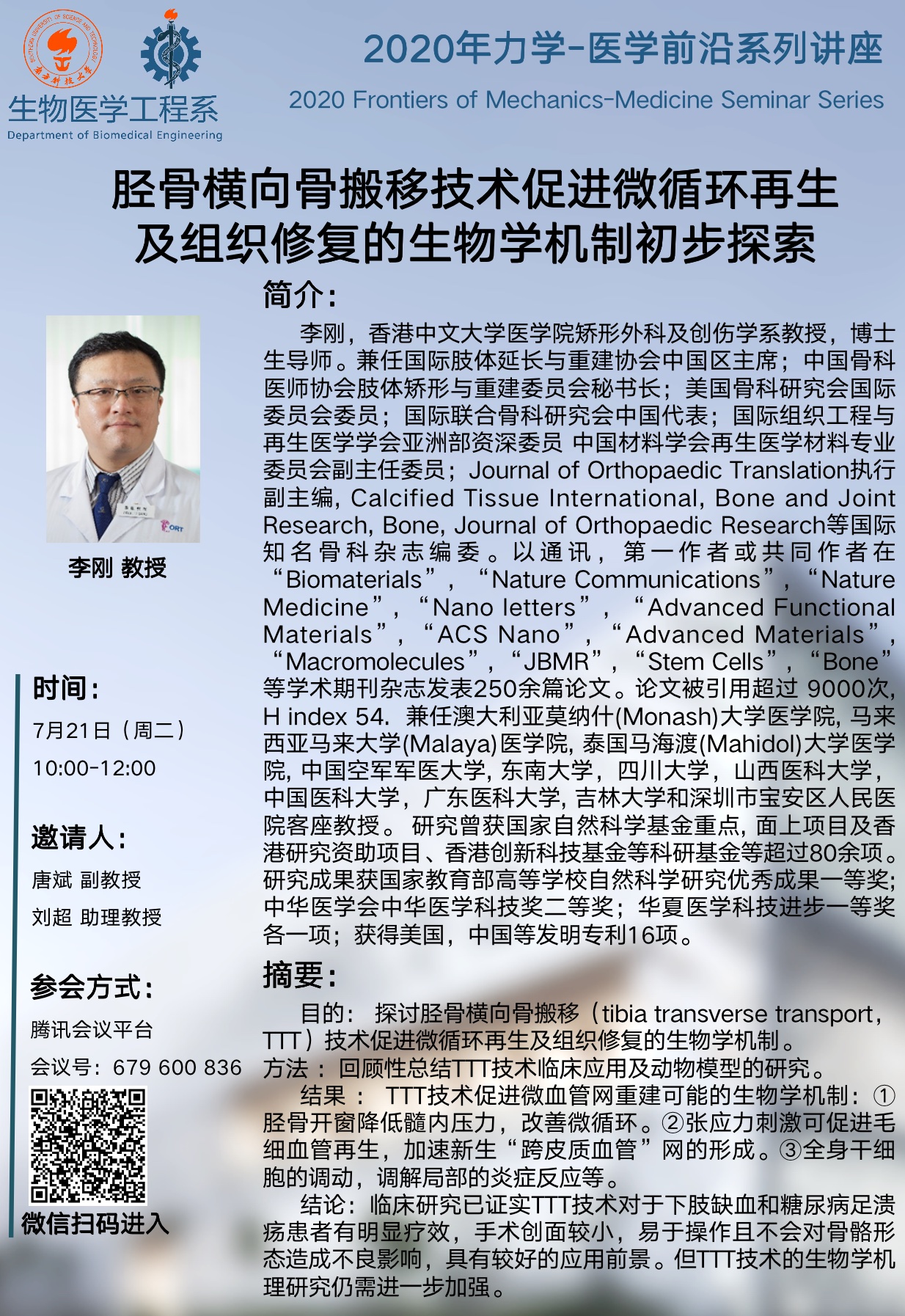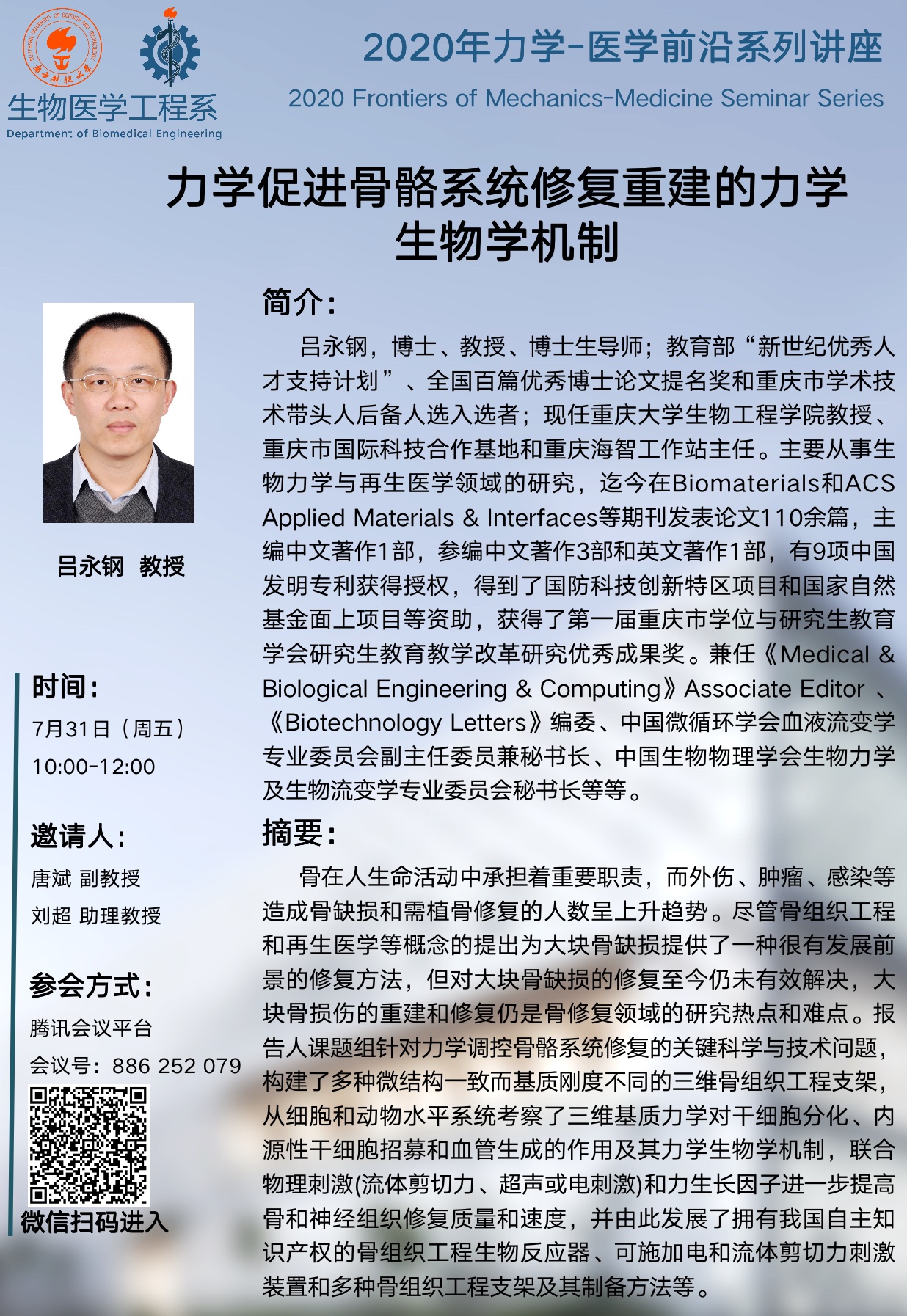
Author: admin
Behavior and functioning of living cells regulated by the physical characteristics of the extracellular matrix
Blood Flow Shear Stress Regulates Endothelial Homeostasis
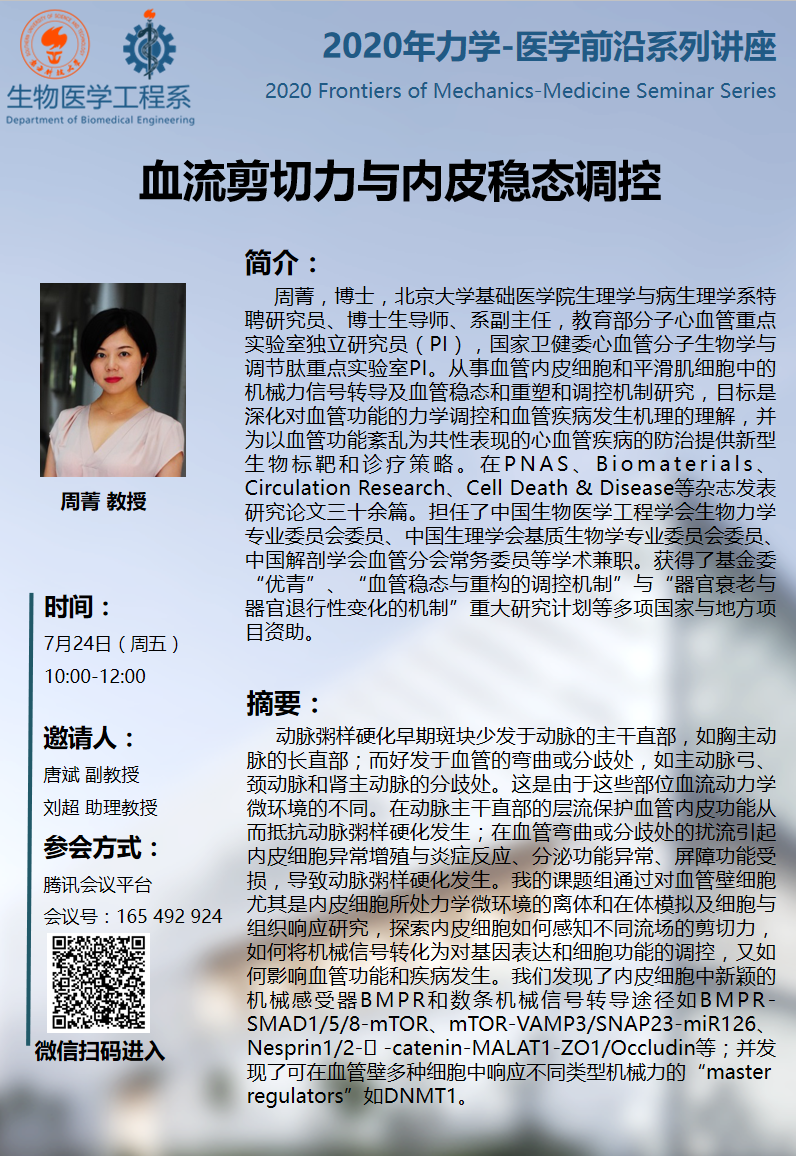
Initial Investigation of the Biomechanical Mechanisms in Using Lateral Distraction Osteogenesis to Promote Microcirculation and Tissue Regeneration
Investigating the Biomechanics of Traditional Medicine and Fitness Exercises
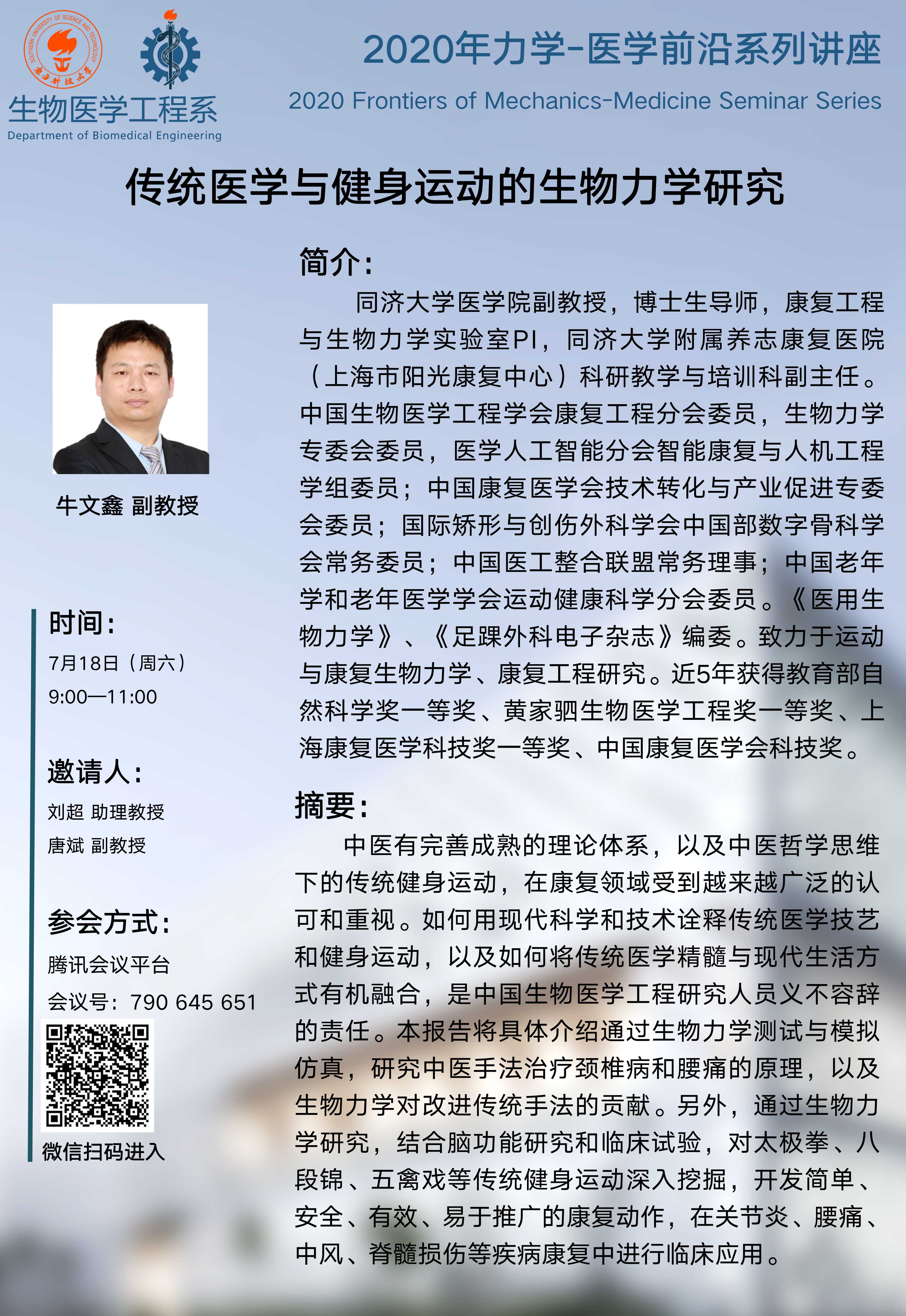
Mechanobiological Mechanisms of the Regulation of Tumor Cell Malignancy by Substrate Mechanics
The Tension in the Life: A standpoint for understanding the mechanics in health
